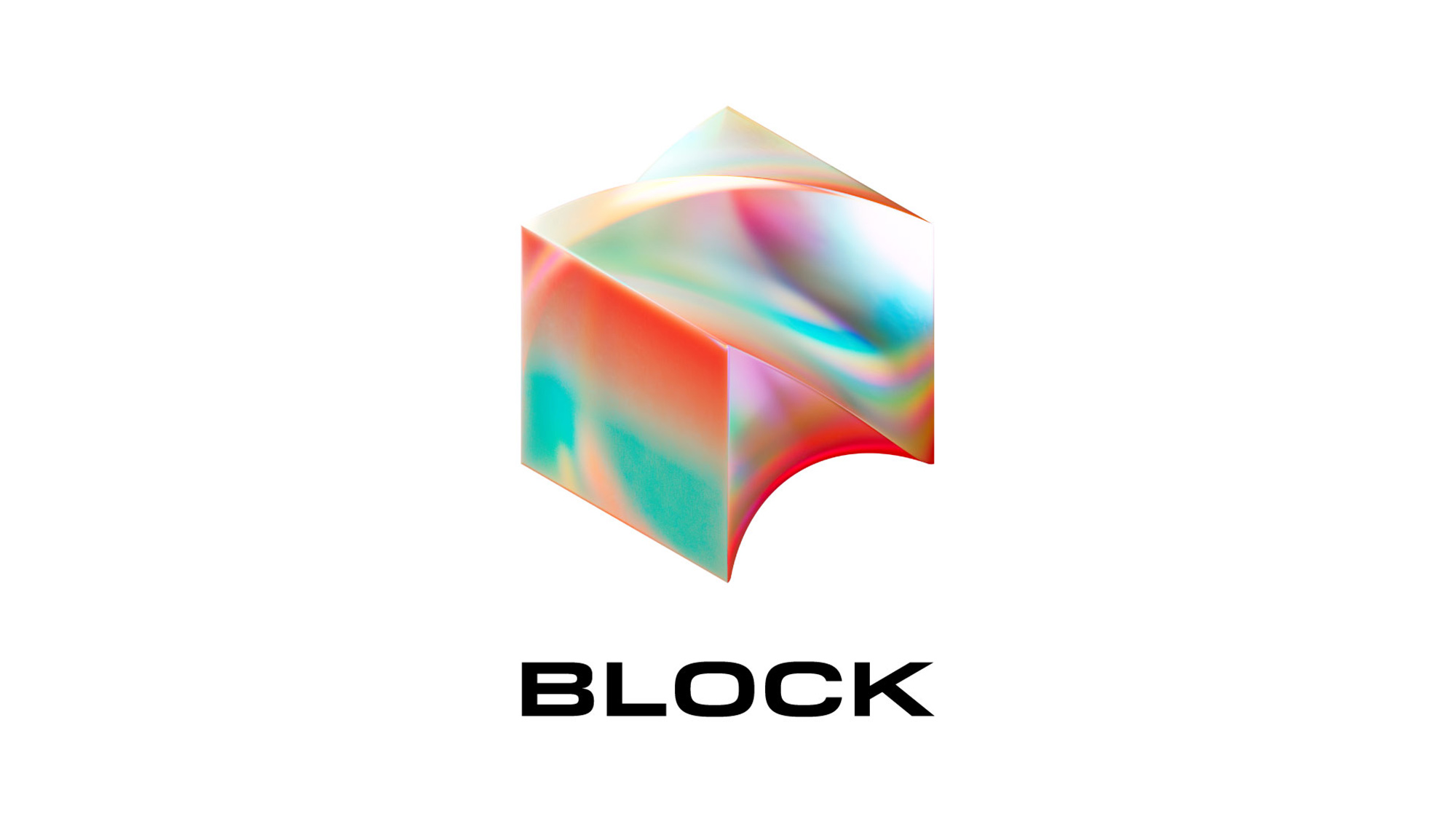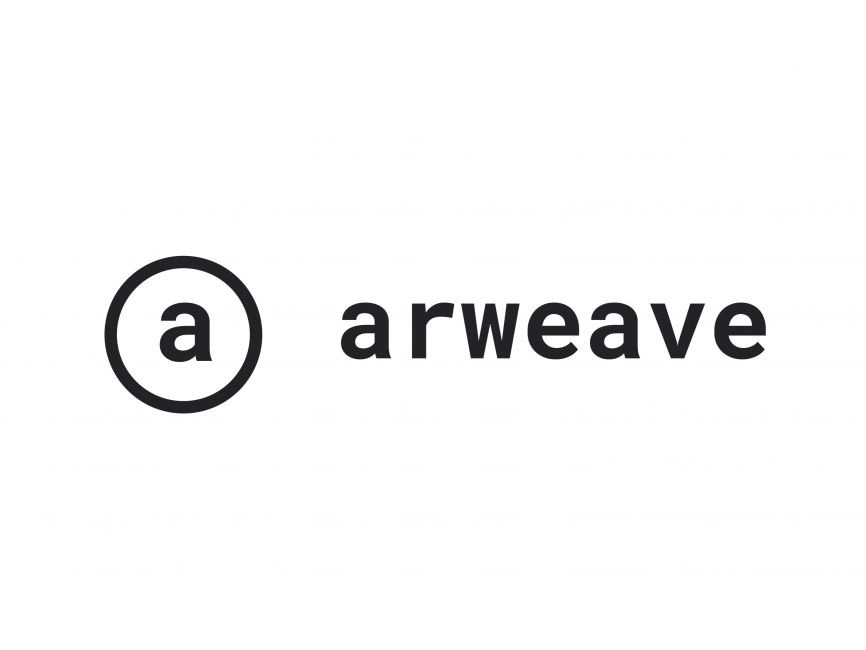Introduction
The Web has evolved significantly over the years, and the use of the Web today has mainly been unrecognized since its inception. Web development is often divided into three phases:
- Web 1.0
- Web 2.0
- Web 3.0.
History
Web 1.0
The first version of Web, Web 1.0, also known as the Web or Read-Only Web, was an era (1990-2000) when the user's role was limited to reading the information provided by content producers. There is no way for users or consumers to return information to content producers. Examples of Web 1.0 are static and personal websites. Web 1.0 is used to describe the first steps of the Internet. At this point, there were few content creators. Most of the people who used the Internet were consumers. Static pages were more common than dynamic HTML, which included interactive and animated websites with specific coding or language. The content in this phase comes from the server's file system, not the database management system. The user could sign up for the online guestbook, and the HTML form was emailed. In general, these websites are static and have limited functionality and flexibility.
Web 2.0
Web 2.0, also known as Social Web or ReadWrite Web, has been an era (2000-2010 and today) that facilitated interaction with sites that allow web users to communicate with others. Masu). In this era, any user can be a content producer, and content is distributed and shared between websites. The most popular Web 2.0 applications include Facebook, Youtube, Flickr and Twitter. Web technologies such as HTML5 and CSS3 and Javascript frameworks such as ReactJs, AngularJs, and VueJs allow startups to develop new ideas that users can bring. On much of this social Web. Web 2.0 is user-based, and manufacturers need to develop one way to activate and engage users. Web 2.0 was first used in 1999 when the Internet evolved into a system that actively engages users. Users are encouraged to post as well as view the content. You can now post articles and comments, create user accounts on various websites, and increase the number of participants. Web apps, self-funded publishing platforms such as WordPress, and social media sites have also emerged from Web 2.0.
Examples of Web 2.0 sites are Facebook, Twitter, and various blogs. All of these change the way we share and provide the same information. The social aspects of the Internet have changed in particular. In general, social media allows users to interact and interact by sharing thoughts, perspectives, and opinions. Users can tag, share, tweet, and more. The exponential growth of
Web 2.0 was driven by crucial innovations such as mobile internet access and social networks and an almost ubiquitous surge in high-performance mobile devices such as iPhone and Android-powered devices.
Over the last 20 years of the Millennium, these developments have given us the advantage of “apps” that greatly expand online interactivity and usage. For example, Airbnb, Facebook (now Meta), Instagram, TikTok, Twitter, Uber, WhatsApp, YouTube, etc.
The tremendous sales growth of these major platforms has made many Web 2.0-oriented companies such as Apple, Amazon, Google, Facebook, and Netflix the largest in the world by market capitalization. It's available full-time by driving a car, renting a house, delivering groceries and groceries, and selling goods and services online. Web 2.0 has also caused enormous turmoil in specific industries and poses an existential threat to some industries. These are the sectors where retail, entertainment, media and advertising are the hardest hit or are slowly adapting to new web-centric business models.
Web 3.0 – How does it work?
Web 3.0 networks run on decentralized protocols (the basic blocks of blockchain and cryptocurrency technologies), so strong convergence and symbiotic relationships can be expected between these three technologies and other areas.
These are interoperable, seamlessly integrated, automated by smart contracts, and complete business and operational changes from microtransactions in Africa, censorship-resistant P2P data file storage, and sharing with applications such as Filecoin. They are used to support everything up to society. The current DeFi protocol is just the tip of the iceberg.
Web 3.0 goes one step further by giving everyone access to the Internet anytime, anywhere. At some point, Internet-enabled devices will no longer be as focused on computers and smartphones as Web 2.0. This is because the Internet of Things (IoT) technology creates many new types of intelligent devices.
There is no standardized definition for Web 3.0 yet, but there are some key features.
- Decentralization: This is the core belief of Web 3.0. In Web 2.0, computers use the HTTP protocol in the form of unique web addresses to retrieve information typically stored in a fixed location on a single server. In Web 3.0, information is detected based on its content to be stored and distributed in multiple locations at the same time. This destroys the vast databases currently owned by Internet giants such as Facebook (now Meta) and Google, giving users more control and preventing improper enhancements. With Web 3.0, data generated by increasingly powerful and heterogeneous computer resources such as mobile phones, desktops, devices, vehicles, and sensors are sold over distributed data networks, allowing users to manage their assets.
- Reliability and Permissionless: In addition to being based on decentralized and open-source software, Web 3.0 is “trustworthy” (that is, the network allows participants to interact directly without going through a trusted intermediary), ” It will be “permissionless” (that is, anyone can participate). Management agency approval). As a result, Web 3.0 applications run on either blockchain, distributed peer-to-peer networks, or a combination of these. Such decentralized apps are called Dapps.
- Artificial Intelligence (AI) and Machine Learning: Web 3.0 enables computers to understand human-like information through technologies based on the Semantic Web and natural language processing concepts. Web 3.0 also uses machine learning, a branch of AI that uses data and algorithms to mimic the mechanics of human learning and gradually improve its accuracy. These skills will enable computers to deliver faster and more relevant results in various areas, including drug development and new materials, as well as targeted advertising, which is a significant part of our current efforts.
- Connectivity and Ubiquitousness: With Web 3.0, information and content are more connected, ubiquitous, and the number of everyday devices connected to multiple applications and the Web is increasing. The Internet of Things is one example.
Web3.0 Market Potential
The vision for the future state of web3.0 has the potential to transform infrastructure, business transactions, and the internet economy as a whole.
The market opportunity for bringing Web3.0 to life could be worth more than $1 trillion. This potential has already attracted $1 billion in venture capital investment in Web3 projects only in 2021.
Web 3.0 Stocks
The companies listed below are the ones that are most likely to benefit from the rise of Web 3.0.
| Projects | About | Market Cap | Invest in |
|---|---|---|---|
 | Advanced Micro Devices (AMD) is a semiconductor firm that develops high-performance computing, graphics, and visualization technologies for gaming, immersive platforms, and data centers that can have a strong impact on the Web3 | AMD
| |
 | IBM (International Business Machines Corporation) is a multinational technology company that develops and manufactures hardware and software solutions for individuals and businesses of all sizes, as well as related services such as hosting and consulting. | IBM
| |
 | The company primarily operates as an online payments company that provides point-of-sale solutions, analytics, and reporting tools to businesses of all sizes and types. The company also offers solutions, assisting sellers with a variety of tasks such as selling online, managing inventory, scheduling appointments, engaging buyers, and hiring and paying employees. | SQ
| |
 | NVIDIA, inventor of the GPU, which creates interactive graphics on laptops, workstations, mobile devices, notebooks, PCs, and more. | NVDA
| |
 | Coinbase is a user-friendly platform that makes the global crypto economy more accessible. Coinbase allows you to invest in and trade over 130 cryptocurrencies, including Bitcoin, Ethereum, and other altcoins. Users can choose from a variety of product and service options. Basic cryptocurrency investing, advanced trading platforms, institutional custodial accounts, and a wallet for retail investors are all available. | Coin
|
Web 3.0 Crypto projects
The crypto projects listed below are the most well-known Web3 crypto projects that are at the forefront of the Web 3.0 revolution.
| Projects | About | Token Metrics | Get it on |
|---|---|---|---|
 | Arweave (AR) , a new data storage blockchain protocol that makes it possible to have a serverless web and store data that is truly permanent for the first time. | Circulating Supply
| |
 | Livepeer (LPT) is a scalable Platform as a Service for developers who want to add live or on-demand video to their project. It aims to increase the reliability of video streaming while reducing costs associated with it by up to 50x. | Circulating Supply
| |
 | The Graph( GRT) is an indexing protocol that can be used to query networks such as Ethereum and IPFS. | Circulating Supply
| |
 | Akash (AKT) is the world's first decentralized cloud computing marketplace and the DeCloud for DeFi | Circulating Supply
| |
 | The Helium(HNT) Blockchain is a new way to build decentralized wireless networks. | Circulating Supply
| |
 | Pocket Network(POKT) is a blockchain relay network for decentralized infrastructure and full node incentivization. Supports web and mobile applications. | Circulating Supply
|
Conclusion
Web 3.0 technology continues to evolve, but blockchain technology continues to be an integral part of online infrastructure. While the world continues to benefit from the transformative power of the Web, user empowerment remains a priority in the growing social segment. When centralized institutions and governments manage personal data, many question the status quo. Those exploring this new part of the Internet are in an excellent position to benefit from the growing momentum. Web 3.0 technology also allows companies to develop new, potentially profitable business models. Regardless of the industry, the new Internet offers the opportunity to deviate from traditional sources of income in finding the best solution. With constant innovation, it's important to note that new technologies need improvements, and Web 3.0 is still in its infancy.






